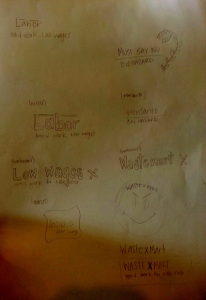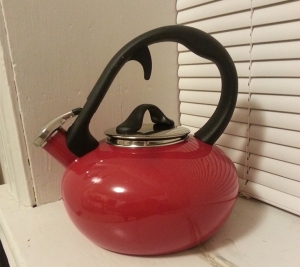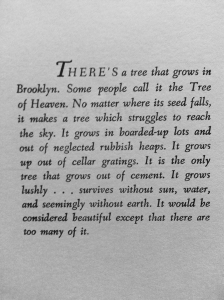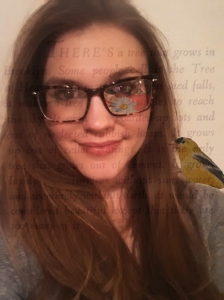I was eight years old when I first had to get glasses. Since then, every eye appointment I have had has shown that my eyesight is almost always decreasing. Sight is one of the most important senses that we have that some people unfortunately lack. I am interested in Eye Write, a team that is working together to create a low cost eye-tracking system that allows ALS patients to draw using their eyes as well as BrainPort, a device created to allow blind people to see using the nerves of their tongue. With my idea, technological advances would allow for people who completely lack eyesight to be able to see in their mind by creating a brain map.
For a person who was born blind, their eyes are not connected to their brain or their retinas are not sending signals from their photoreceptors to their brains. Scientists have not been able to figure out how the retina works in processing signals in order to create an artificial eye that would allow a blind person to regain all of their eyesight. Since this is such a challenge, I came up with an idea that would allow a person to be able to see completely by allowing their mind to create a brain map and ultimately allow them to see completely with their mind.
This would be in the form of a contact lens. The lens puts sensations into their eyes which would translate to a brain map and allow them to see in in their mind. Much like light hits the cornea, the contact lens would essentially be the “light”. The sensations would move through the cornea, to the crystalline lens (part of the eye that further focuses light and allows to eye to see approaching objects) at this stage the sensations would allow a person to recognize how close or far away they are from an object without physically seeing it with their eye. From there, the sensations would reach the retina, the part of the eye that converts the images we see into electronic signals. Finally, sensations would move to the optic nerve which then sends these sensations to the visual cortex.
My idea stemmed from BrainPort, a device that allows a person to see by relying on the nerves of the tongue’s surface to send light signals to the brain. This device uses a video camera that collects visual data that is worn like a pair of sunglasses on the user. The data is transmitted straight to a handheld base unit rather than to the eyes. My idea is similar to this but instead of it being translated into a handheld device, the sensations will translate into nerve signals that go directly through the eye and into the brain. This in turn will create an alternative form of vision in the brain, which I refer to as a brain map.
Challenges:A person who is born blind has other senses that compensate for the lack of a fifth sense. Won’t these overcompensating senses get in the way of a contact lens that is suddenly making a blind person see?
-No, the contact lens will essentially work in the way that the eye uses light, only no light is available, it is just the sensations and the nerve signals. It does not really affect their eye sight, it affects the images that the brain makes therefore, their other senses will not get in the way.
Why this is beneficial? A blind person has no frame of reference for sight when they are born, this will essentially give them that frame of reference and furthermore, even though they will still be medically blind, it will make them able to see everything we see; the only difference being that it takes form in their mind.














